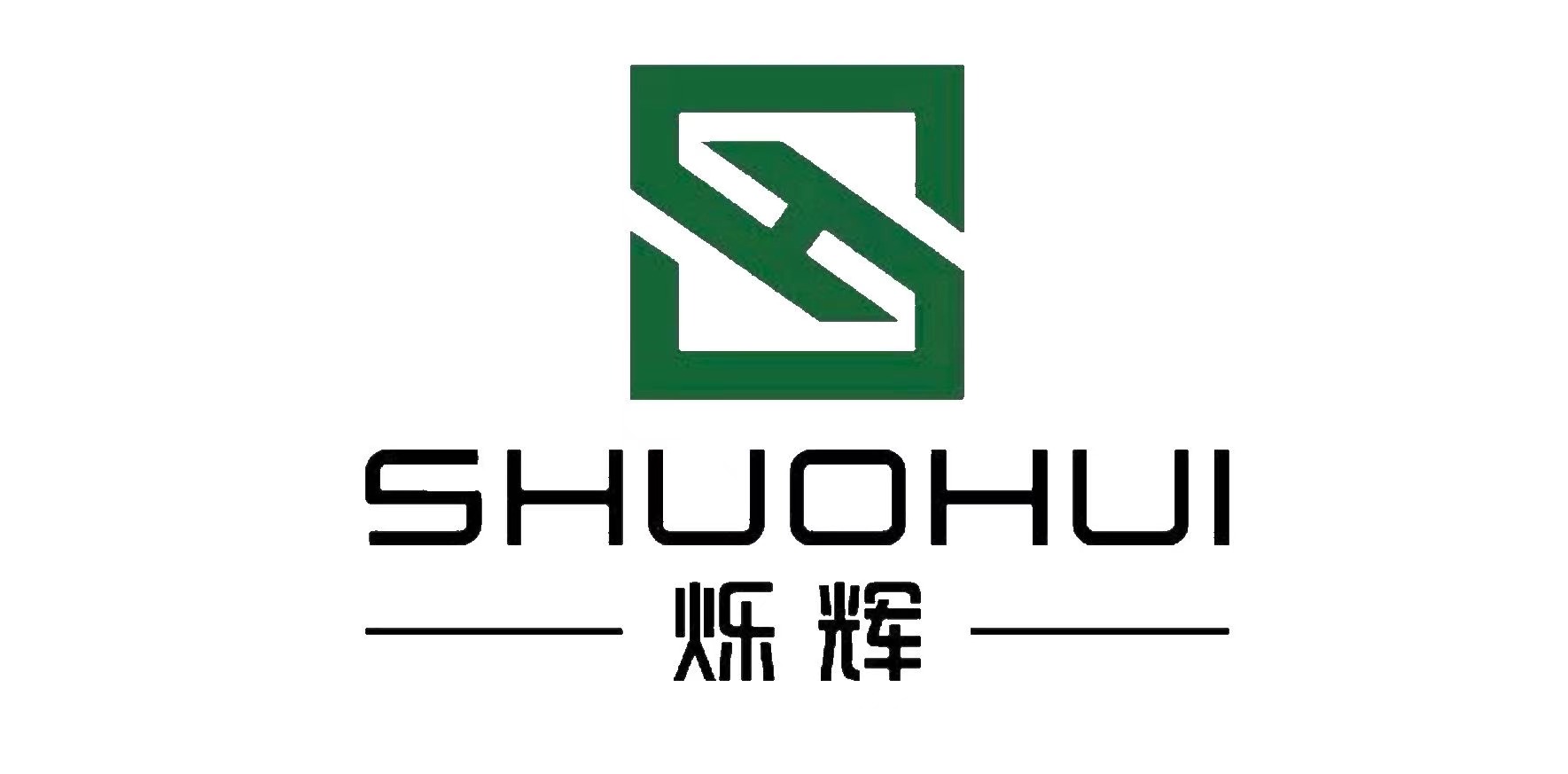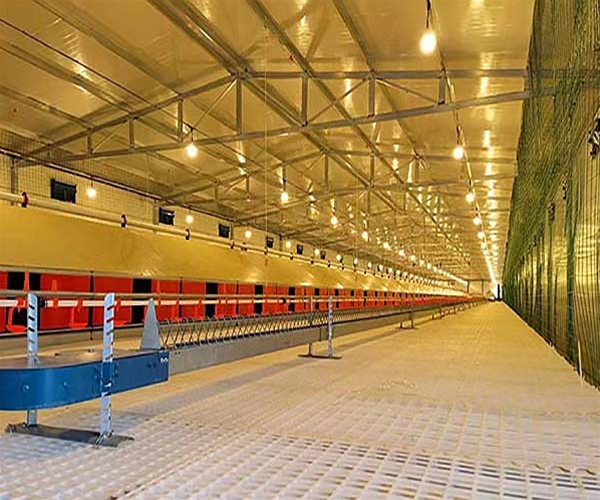In poultry farming, temperature is one of the key factors affecting the health, growth, and productivity of chickens. Whether in the brooding, growing, or laying period, proper temperature management can significantly improve the growth rate, immunity, and egg production, while reducing disease occurrence. This article will discuss the temperature management strategies for different stages of poultry farming and recommend Shuohui poultry equipment to optimize temperature control and improve farm productivity.
Poultry Equipment:Brooding Temperature Management
The brooding stage is critical for chicks, as they are highly sensitive to temperature. Both high and low temperatures can lead to higher mortality rates.
1. Temperature Requirements
- Newly hatched chicks require high temperatures, typically around 34-35°C.
- Gradually decrease the temperature by 2-3°C each week until the chicks are weaned off the heat.
- Monitor the chicks’ behavior to ensure the temperature is appropriate. If chicks are evenly spread out, active, and comfortable, the temperature is likely suitable.
2. Humidity Management
Humidity also plays a vital role in chick development. Excessive or insufficient humidity can negatively affect their health.
- Excessive Humidity: High humidity during summer can lead to overheating. Ensure the brooding area remains dry and humidity is controlled. Close wet curtains when humidity exceeds 85% and use fans to reduce moisture.
- Insufficient Humidity: If humidity is too low, increase moisture by using sprinklers or misting systems, ensuring the right balance for chick growth.
Shuohui’s hatchers and brooders are excellent for controlling temperatures at 34-35°C, providing chicks with the optimal conditions for healthy growth.
Poultry Equipment:Growing Period Temperature Management
As chickens grow, they become more accustomed to the environment. Managing temperature during this stage becomes more challenging but remains crucial for ensuring normal growth and health.
1. Temperature Requirements
- Maintain a temperature range of 18-22°C during the growing period, with a daily temperature fluctuation of no more than 2°C.
- Summer Heat: When the temperature exceeds the optimal range, increase airflow, and install cooling systems such as wet curtains to help lower the temperature.
- Winter Cold: In winter, ensure the temperature stays between 15°C and 18°C, with a minimum of 15°C. If possible, install heating equipment to maintain optimal conditions.
Shuohui’s underfloor heating system is ideal for providing consistent warmth during cold weather. It uses hot water or electric heat to ensure the chicken house stays at the right temperature for healthy growth.
Poultry Equipment:Laying Period Temperature Management
The laying period is when chickens’ production performance peaks. Temperature control directly impacts egg quality and quantity. During this period, maintaining the right temperature is crucial for maximizing production.
1. Temperature Requirements
- The optimal temperature for laying hens is between 16°C and 22°C.
- At this stage, hens’ immune systems are strong, and their physical condition and egg-laying performance are at their best.
- Keeping the temperature stable improves feed conversion, boosts immunity, and ensures high-quality eggs.
2. Temperature Fluctuations
- Winter: As winter approaches, ensure wet curtains are sealed properly and check for leaks. If needed, install heating equipment to maintain a consistent temperature.
- Summer: In hot weather, ensure proper ventilation and cooling with water curtains to maintain an optimal environment for hens.
Shuohui’s temperature control system can accurately adjust the temperature and humidity in the chicken house, ensuring the hens are always in a favorable environment for high egg production and health.
Shuohui Poultry Equipment for Effective Temperature Control
Temperature management is critical at all stages of poultry farming. Shuohui poultry equipment offers a range of advanced solutions, including hatchers, brooders, underfloor heating systems, fans, and wet curtains, to help farmers maintain optimal temperature conditions in their poultry houses.
- Hatchers and Brooders: These equipment units help control temperature at 34-35°C, providing the ideal environment for newly hatched chicks.
- Smart Temperature Control Systems: Shuohui’s systems automatically adjust temperature and humidity to maintain ideal conditions year-round.
- Underfloor Heating Systems: During colder months, the underfloor heating systems provide even warmth to the chicken house, ensuring a comfortable environment for growing chickens.
The Impact of Temperature Control on Chicken Health and Economic Benefits
Proper temperature control not only ensures chicken health but also significantly enhances economic efficiency. By effectively managing temperature, farms can reduce disease rates, improve production efficiency, and increase egg quality, leading to cost savings and higher profits.
Reducing Disease
Stable and suitable temperatures effectively prevent respiratory diseases and heat stress, reducing medication costs and treatment expenses.
Improving Production Performance
Stable temperatures allow chickens to grow in optimal conditions, boosting egg production rates and feed conversion efficiency.
Lowering Energy Consumption
Optimizing temperature control systems can save energy. Using smart temperature control equipment and efficient insulation reduces operating costs.
Shuohui’s efficient temperature control and automation systems improve farm productivity, reduce operational costs, and help farms achieve energy savings and environmental benefits.
Conclusion
Temperature has a significant impact on chicken health, growth, and production performance. By managing temperature correctly, farms can improve immunity, reduce disease, and ensure high-quality egg production. Adjusting temperature for each farming stage is essential for increasing efficiency, ensuring animal welfare, and optimizing economic benefits.
By using Shuohui poultry equipment with advanced temperature control systems, farms can manage temperature and humidity easily. This ensures chickens grow in the best environment, boosting production, lowering costs, and achieving more efficient, sustainable farming.


